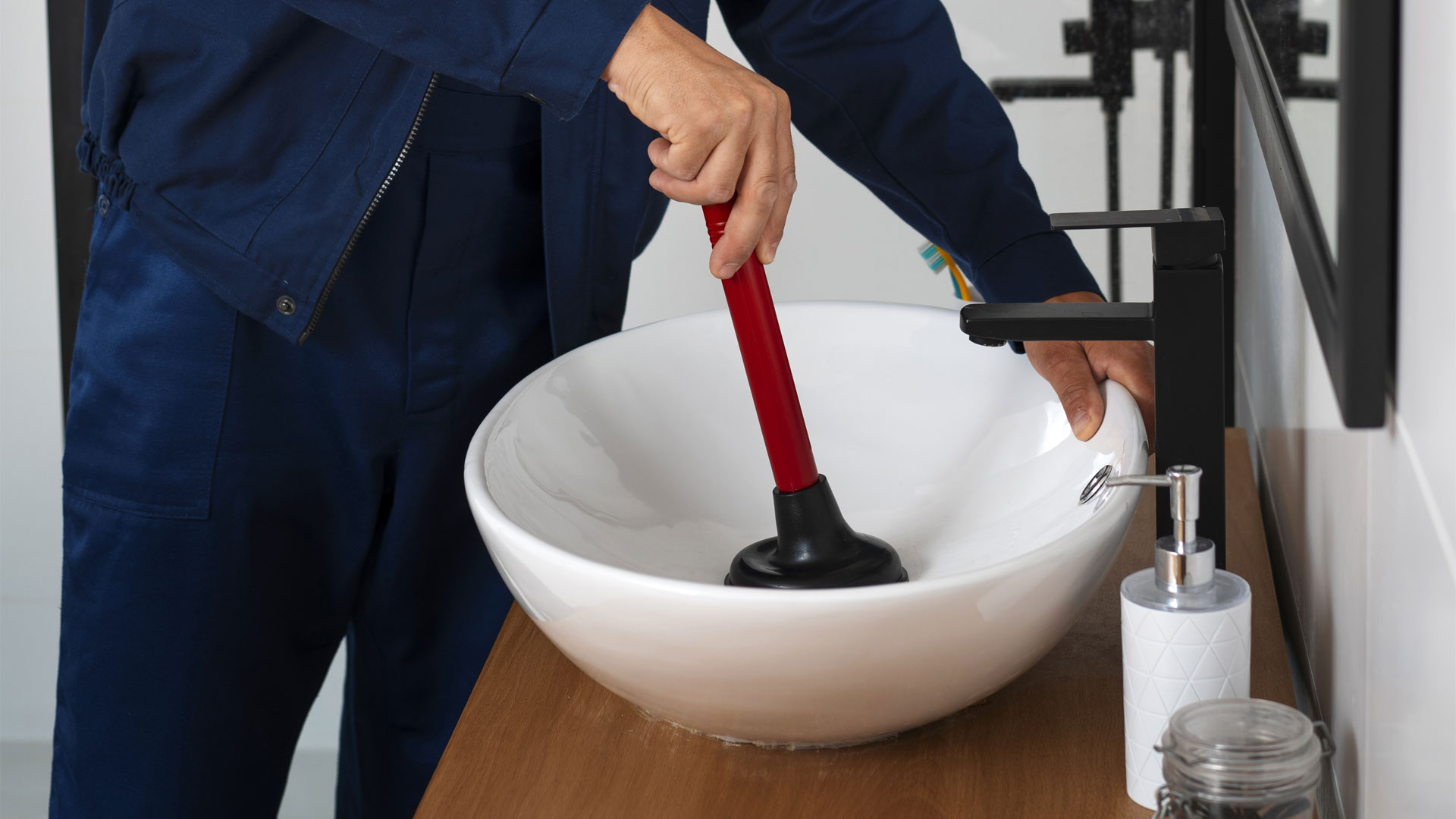Mastering the Art of Unclogging Sink Drains: A Step-by-Step Guide
Clogged sink drains are one of those frustrating household issues that seem to strike at the most inconvenient times. Whether it’s a slow-draining sink or a complete blockage, dealing with it promptly can save you from a potential plumbing disaster. Fear not! With the right tools and a bit of know-how, you can tackle this common problem like a pro. In this blog post, we’ll walk you through the step-by-step process of unclogging a sink drain, empowering you to reclaim the flow and functionality of your sink.
Step 1: Assess the Situation
Before diving into any DIY project, it’s essential to assess the severity of the clog. Is the water draining slowly or not at all? Is the blockage limited to one sink, or are multiple drains affected? Understanding the extent of the problem will help you determine the most appropriate course of action.
Step 2: Gather Your Tools
To effectively unclog a sink drain, you’ll need a few basic tools and supplies:
- Plunger: A sink plunger is a must-have tool for dislodging minor clogs. Make sure you have a plunger specifically designed for sinks, as toilet plungers are not suitable for this task.
- Drain Snake (or Auger): For more stubborn clogs, a drain snake or auger can be used to break up and remove blockages deep within the pipe.
- Baking Soda and Vinegar: A natural and eco-friendly alternative to harsh chemical drain cleaners, baking soda and vinegar can help dissolve organic matter causing the clog.
- Rubber Gloves: Protect your hands from any unpleasant mess while working on unclogging the drain.
Step 3: Plunge Away
Start by placing the plunger over the drain and ensuring a tight seal. Fill the sink with enough water to cover the bottom of the plunger, then vigorously plunge up and down for about 30 seconds. Repeat this process several times, gradually increasing the force if necessary. If successful, the clog should start to break apart, allowing water to drain more freely.
Step 4: Try the Baking Soda and Vinegar Method
If plunging alone doesn’t do the trick, it’s time to bring out the baking soda and vinegar. Begin by pouring a pot of boiling water down the drain to soften the clog. Next, pour about a cup of baking soda followed by a cup of vinegar into the drain. The resulting chemical reaction will help break down grease and grime. Allow the mixture to sit for at least 30 minutes before flushing the drain with hot water.
Step 5: Use a Drain Snake
For particularly stubborn clogs that resist plunging and chemical treatments, a drain snake or auger may be necessary. Insert the snake into the drain and slowly feed it down until you encounter resistance. Rotate the snake handle clockwise to break up the clog, then retract the snake to remove any debris. Continue this process until the drain runs clear.
Step 6: Prevention is Key
Once you’ve successfully unclogged the sink drain, take proactive measures to prevent future blockages. Avoid pouring grease, coffee grounds, food scraps, and other debris down the drain, and use drain guards to catch hair and other solids.
Conclusion:
Dealing with a clogged sink drain doesn’t have to be a daunting task. By following these simple steps and using the right tools, you can quickly and effectively restore proper drainage to your sink. Remember, regular maintenance and preventative measures are key to keeping your drains clear and your plumbing system running smoothly. With a little DIY know-how, you’ll be a sink unclogging expert in no time!



